This portrait is that of Marie-Madeleine de Chamillart (died 28 May 1751) nee Nicolas de Lusse. She had a daughter, Anne, in 1692. In 1700 she married Clément Chamillart (1663-1708), President of the Accounts of the King's Chamber. The couple had a daughter, Madeleine (born 1701), who married Louis, the only son of Guillaume de Guitaut and Antoinette de Vertamont in 1719. Guillaume de Guitaut resided at Château d'Époisses in Burgundy France and his descendants still live today. A portrait of our sitter is still held at the Château.
Clément Chamillart died in 1708 and our sitter remarried Jean-Baptiste de Johanne de la Carre (1678-1726), marquis de Saumery, maréchal de camp, in 1713. This marriage produced two daughters, Marguerite (died 1729) and Marie Madeleine (born 1720).
Much of the beauty of this elegant portrait resides in its graceful composition – it is a fine example of French portraiture. Beautifully and meticulously rendered throughout, the sitter has been depicted three quarter length in an outdoor setting beside a potted orange tree. The lady is shown in a blue dress with silver detailed décolletage and large voluminous sleeves turned over to reveal elaborately detailed lining. The sumptuous fabrics convey a sense of wealth and prestige. The portrait is striking in its portrayal of the sumptuous fabrics and their decorative richness.
The prominent sprig of orange blossom that she is holding is a traditional representation of marriage and eternal love in art, but it also alludes to youth and freshness, and by virtue of the great expense and difficulty with which it was often grown, to great wealth.
In accordance with the sitter's age and the style of clothing and hair with the curls on the forehead, this portrait can be dated to the 1720s.
Baron Hugues Alfred Frèdéric de Cabrol de Moute (1909-1997) was the son of Roger de Cabrol de Moute and Helen Mary de Lassence. He was one of the more engaging personages in that delightful social constellation of social figures who animated what has become known as "Cafe Society" which was international but inevitably most at home in Paris from the 1920's until the 1960's. He married Marguerite d'Harcourt (1915-2011), known as Daisy, in Paris in 1937, the only daughter of Étienne, Marquis d'Harcourt, and his wife, Marie de Curel. The Harcourt family belongs to the circle of the oldest families in France; the founder of the family, Bernard le Danois, received the seigniory of Harcourt in the tenth century, following the conquest of Normandy. In the 11th century, his descendants took part in the conquest of England alongside William the Conqueror. Later, the Harcourt family was divided into a French branch and an English branch, which successively received the titles of barons, viscounts, and counts.
Marguerite "Daisy" Marie Brigitte Emmanuelle Ghislaine d'Harcourt, Baronne de Cabrol was one of the last survivors of twentieth century French high society. Through her mother, Daisy was a descendant of the great industrial family of Wendel, with iron and steel enterprises in Lorraine; she also descended from Nicolas Soult, one of Napoleon's Marshals and three times Prime Minister of France.
The couple became friends of the Duke and Duchess of Windsor in 1947, and were invited to the Chateau de la Croë, their rented house on Cap d'Antibes. There they found the exiled Windsors living in unusual post-war luxury, serving delicious food and providing fresh sheets every day. Daisy suspected that the Windsors were bored, but, having nothing else to do, were condemned to an endless round of social engagements. She and Fred were among the few allowed to see the Duchess laid out after her death in 1986.
Daisy was a considerable hostess, giving a ball every year for her charity, L'Essor, to which le tout Paris would come. One of these, in 1954, was at the Palais des Glaces, in Paris (later used in the film Gigi), at which she entertained Charlie Chaplin, the Begum Aga Khan and the Windsors. According to Nancy Mitford, the guests all wore £1,000 dresses and leant forward, "bottoms out, arms wildly waving", as they skated on the ice ring. At the end of the evening the ring was scattered with stray diamonds. Daniele Mitterrand, the wife of the future President Francois Mitterrand, was on the organising committee. The composer Henri Sauguet wrote music especially for the evening.
She moved in the world of Marie-Hélène de Rothschild, wife of Baron Guy de Rothschild, and attended the Surrealist Ball at the Chateau de Ferrières in Normandy in 1972. She also frequented the parties given by Vicomtesse Marie-Laure de Noailles, attending her 1951 ball in the guise of a legless and armless woman. She was variously dressed by Jacques Heim, Lanvin and Elsa Schiaparelli, often at the expense of the couturiers themselves. She enjoyed time with Jean Cocteau and the writer Louise de Vilmorin, but felt trapped when on Niarchos's yacht, alongside Douglas Fairbanks Jr. Niarchos was a tyrannical host, refusing to moor the yacht for bathing, while serving daily rations of caviar. "Nobody can eat caviar for eight days in a row," she said of the voyage. Fred and Daisy are remembered for the extraordinary scrapbooks in which they created of the balls and house parties they gave and attended, one resplendent photo is Fred alongside Elizabeth Taylor.
The couple had two residences, their Paris residence was “one of the most beautiful residences in Paris” at 26 Avénue Foch, which is an avenue of elegant stately mansions, alongside the Rothschilds, the Marquis and Marquise de Boisgelin, and the Baron and Baronne Thierry de Zuylen de Nyevelt de Haar. The Cabrols's scarlet‐and‐blue drawing room is a museum of Louis XIV tapestries from Beauvais, Delft china that matches bowls and jars depicted in one of the tapestries, Chinese porcelains, Roman urns, Louis XVI chairs and bronze doré candelabra. They also lived at Grosrouvre, near Montford L'Amaury, south-west of Paris, in a residence with two flagpoles flying her arms and those of Fred.
“My husband is the head of the Cabrol family, so he does not use his first name,” his wife said. The couple had two sons and one daughter. The death of the couple heralded a way of wife that no longer exists.
Our portrait was consigned to a sale upon the Baronne de Cabrol’s death, and described as “Studio of Robert Levrac-Tournières” by a renowned Parisian art expert/appraiser.
We would like to thank Beatrix de Guitaut, Château d'Époisses, for her assistance with the identification of the sitter and biography.
Measurements: Height 169.5cm, Width 132cm framed (Height 66.75”, Width 52” framed)



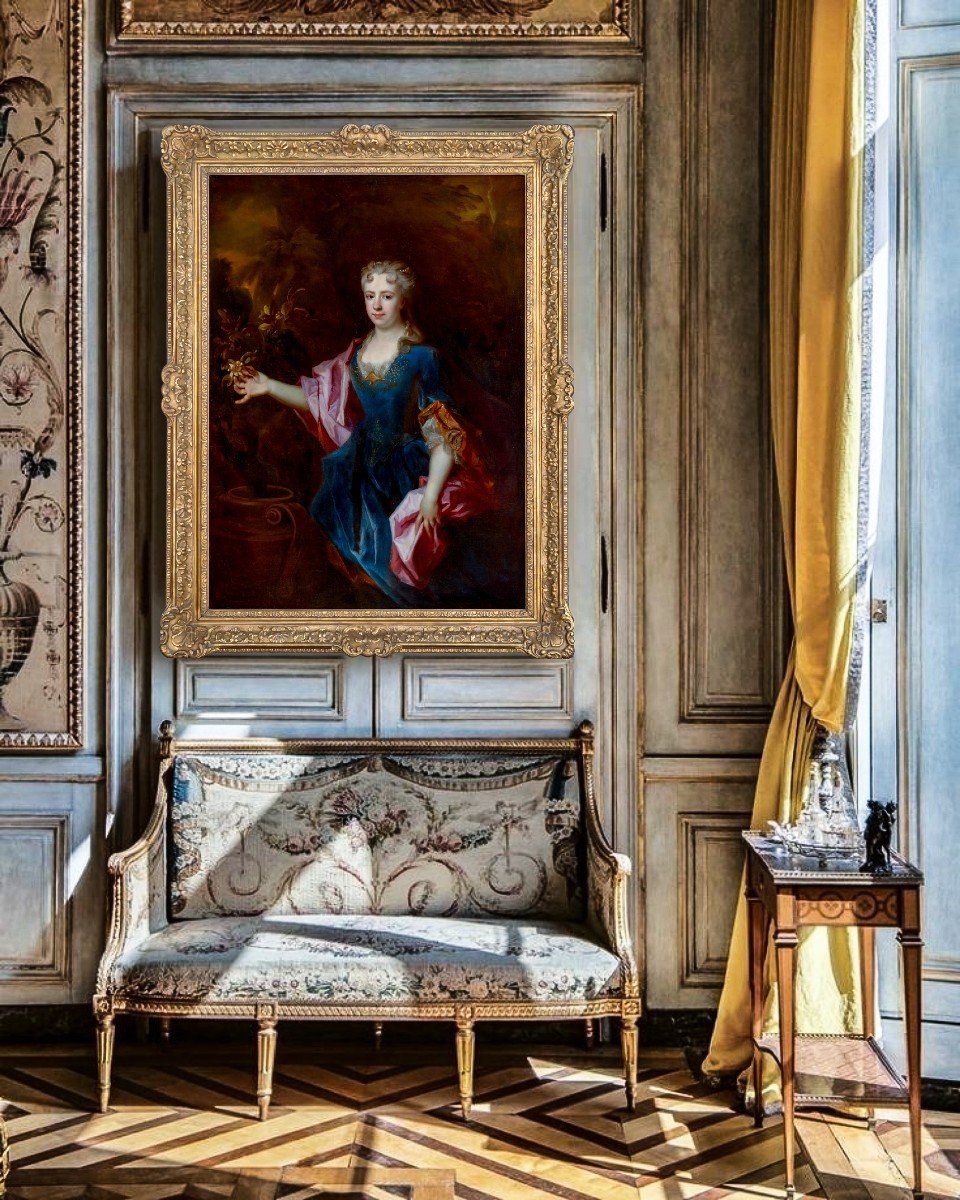
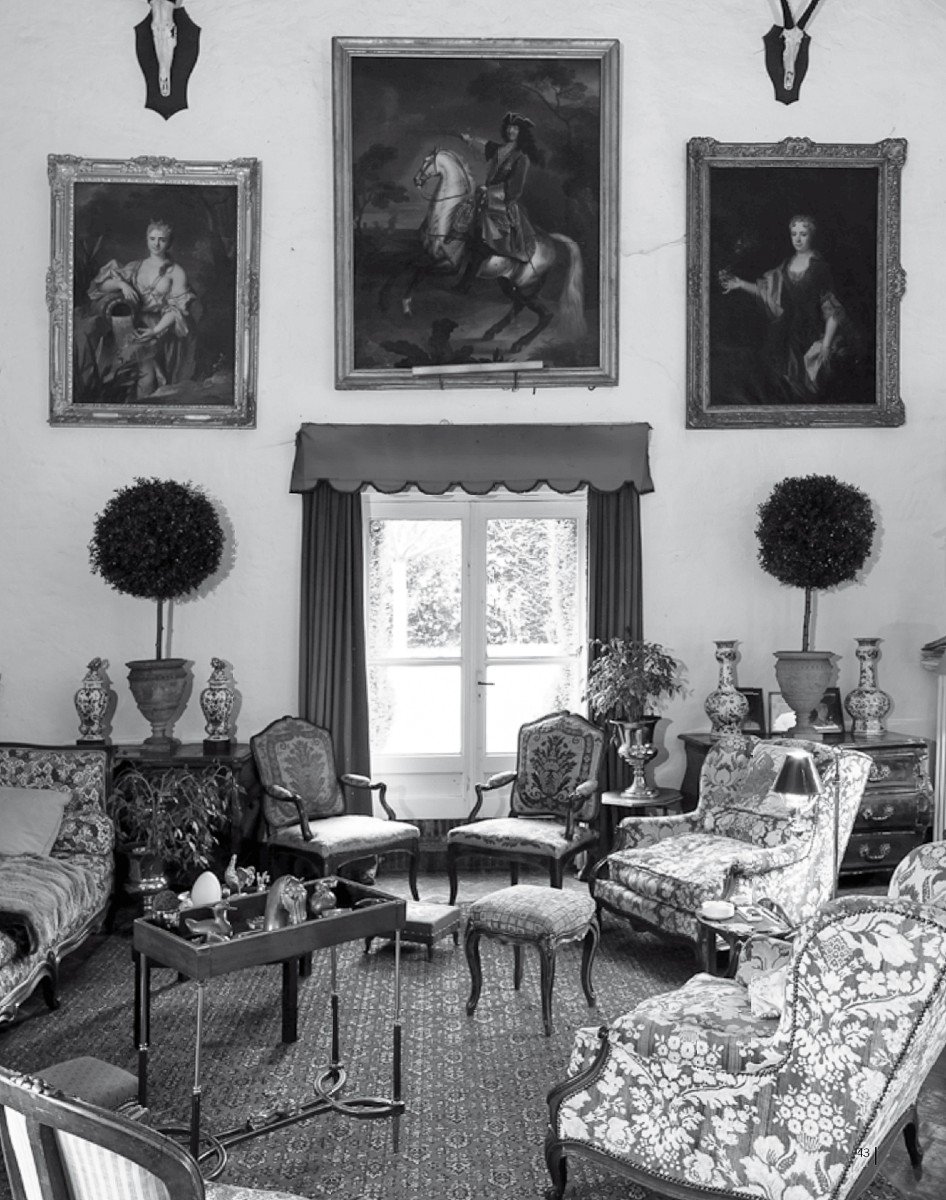
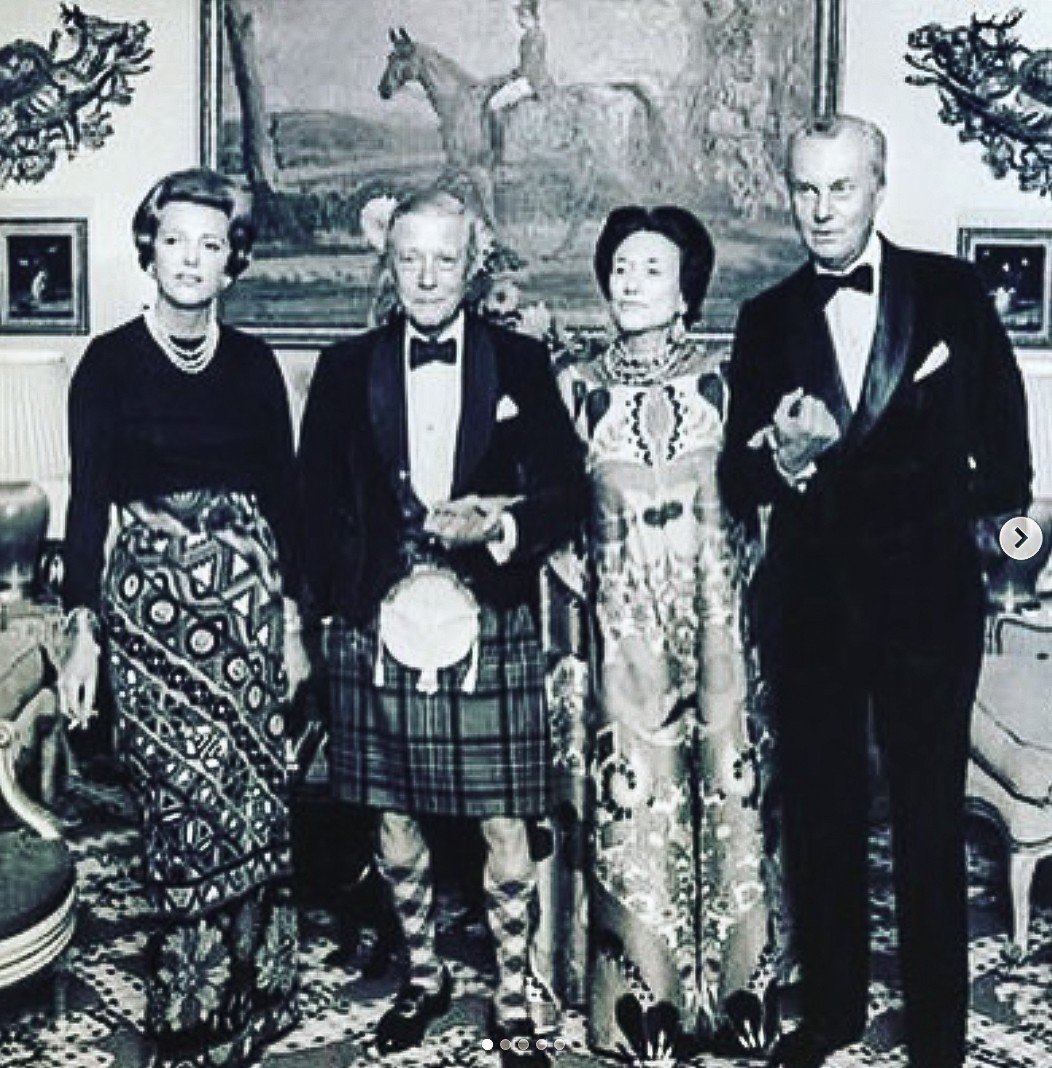





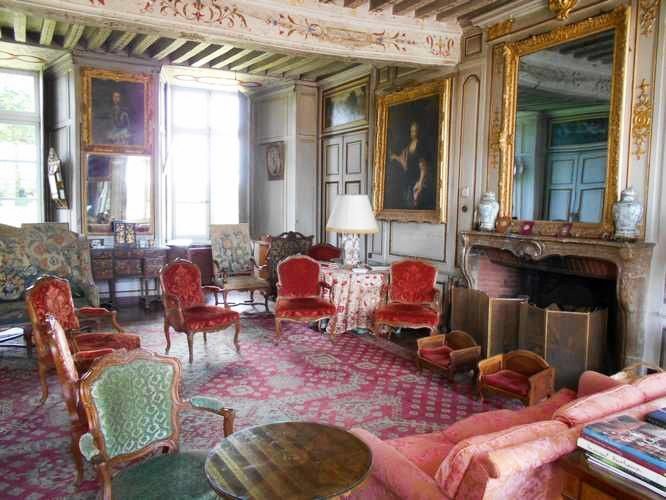

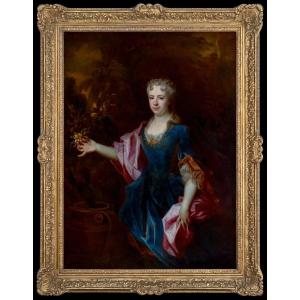



















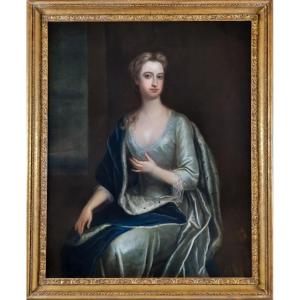



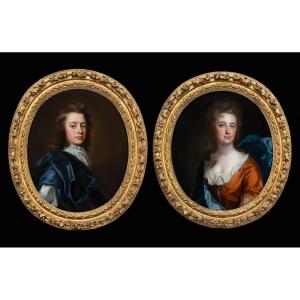


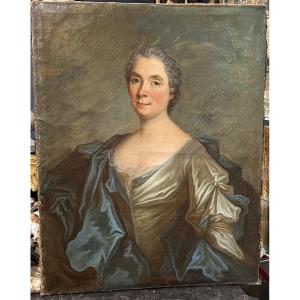


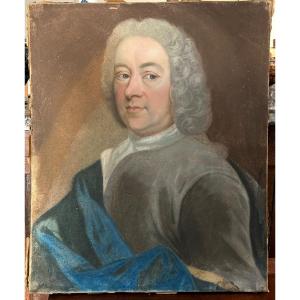




 Le Magazine de PROANTIC
Le Magazine de PROANTIC TRÉSORS Magazine
TRÉSORS Magazine Rivista Artiquariato
Rivista Artiquariato